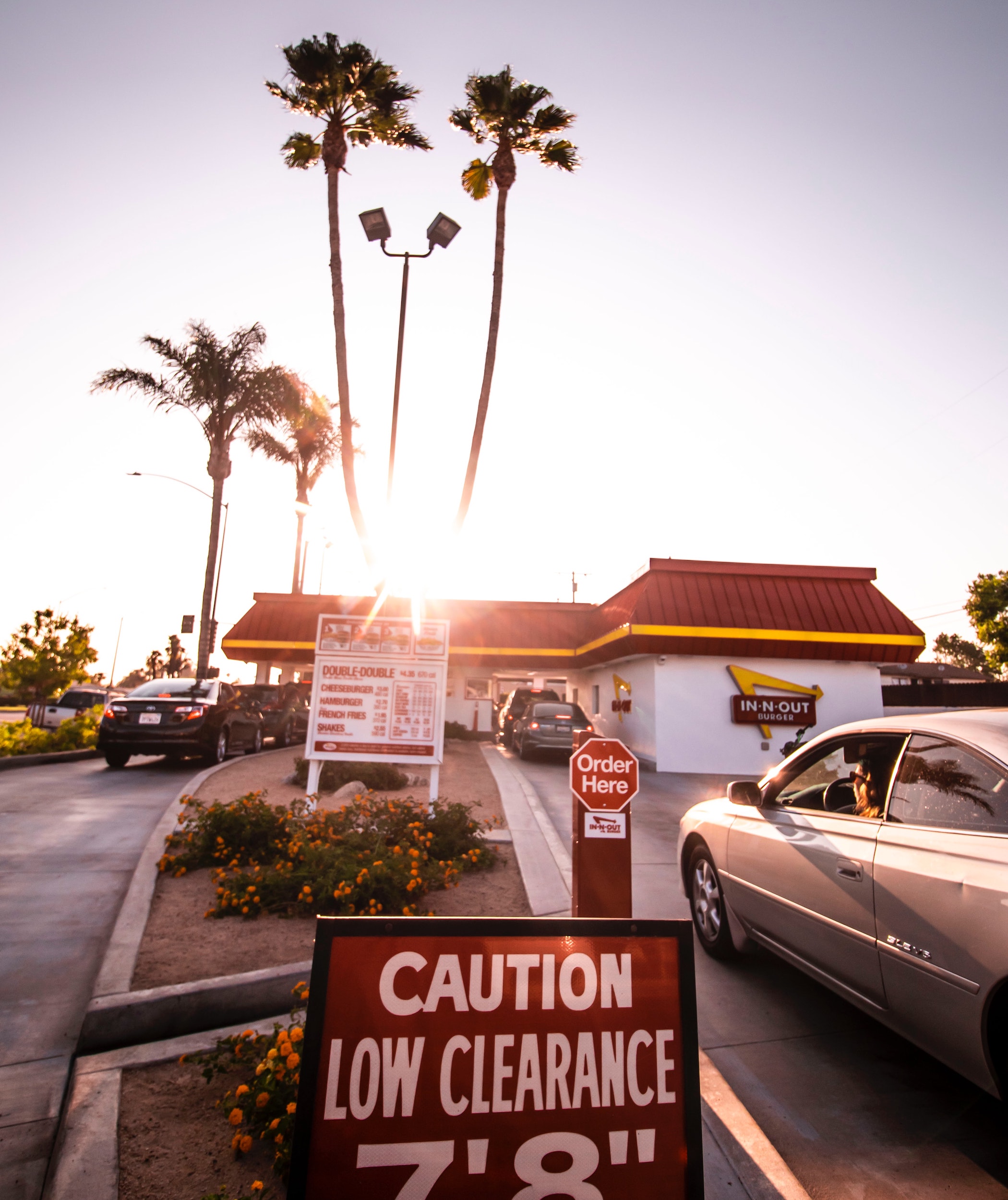Restaurants have really been challenged in the last few years. Survival has been top-of-mind, but what about looking forward to seeing what happens next? Interestingly two opposing priorities seem to be on diners’ minds.
Most of the problems affecting restaurants are the same problems that have impacted the larger economy. Supply chain problems, labor shortages, higher employment costs as well higher fuel costs have all put pressure on a business that just came out of lockdowns and outdoor dining chaos.
The isolation of the pandemic has inspired most diners to value the in-person dining experience more than ever. According to the National Restaurant Association:
Despite the booming popularity of off-premises restaurant meals and snacks in recent years, pent-up demand for in-restaurant experiences — socialization, celebration, and culinary exploration — is strong, with 70% of respondents noting customer desire to gather on-premises.
At the same time, inflation has pushed many consumers to prefer quick-service-restaurants. (QSRs) More QSRs are adding driver-thrus to service those people who have gotten used to picking up food throughout the pandemic and who are looking for a way to keep the dining experience affordable in a period of double-digit inflation. We’ll look at that more in a bit.
Overall Menu Trends for 2023
The National Restaurant Association just published its annual “What’s Hot Culinary Forecast” which tries to look into the future at what will be the emerging trends of the coming year. They confirm that the important takeaway is that consumers are craving the in-person experience but are also focused on value. Many of the trends for next year focus on the types of food diners wouldn’t make at home and might provide some “experience” value that they wouldn’t get otherwise. Southeast Asian and Caribbean cuisines are trending as well as items that encourage one-on-one interaction like charcuterie boards,
The following is the National Restaurant Association’s Top 10 Hot Trends for 2023
- Experiences/local culture and community
- Fried chicken sandwiches & Chicken sandwiches 3.0 (i.e., spicy and sweet-heat fusion flavors on chicken, etc.)
- Charcuterie boards
- Comfort fare
- Flatbread sandwiches/healthier wraps
- Menu streamlining
- Sriracha variations
- Globally inspired salads
- Zero waste/Sustainability/Upcycled foods
- Southeast Asian cuisines (Vietnamese, Singaporean, Philippine, etc.)
Have You Seen More Drive-Thrus lately?
QSRs are adding more driver-thrus to address the demand for pickup and takeout that boomed through the pandemic. The explosion of remote work has also affected the demand for access to meals at unconventional hours without long waits.
One of the major challenges for drive-thru operations is efficiency. A poorly designed and operating drive-thru can lead to frustrated customers and long lines of cars that block parking spaces. Equally important is service speed. The faster you can get them through the line, the more room there is for new customers.
Hawaiian Bros makes 80% of its sales from drive-thru, curbside, and delivery. Besides redesigning their kitchen with a separate line for drive-thru,
To maximize off-premise efficiency and sales potential, the company redesigned its kitchen to include a dedicated service line for the drive-thru. Hawaiian Bros also retooled its drive-thru window service, so drinks and Dole soft-serve are now provided via the first window and food is given through the second window. (restaurantdive.com)
In addition, many drive-thrus have placed employees outside in the drive-thru line to take orders in advance and collect payments.
What will 2023 really end up looking like in the food industry? Check back in 2024…


Recent Comments